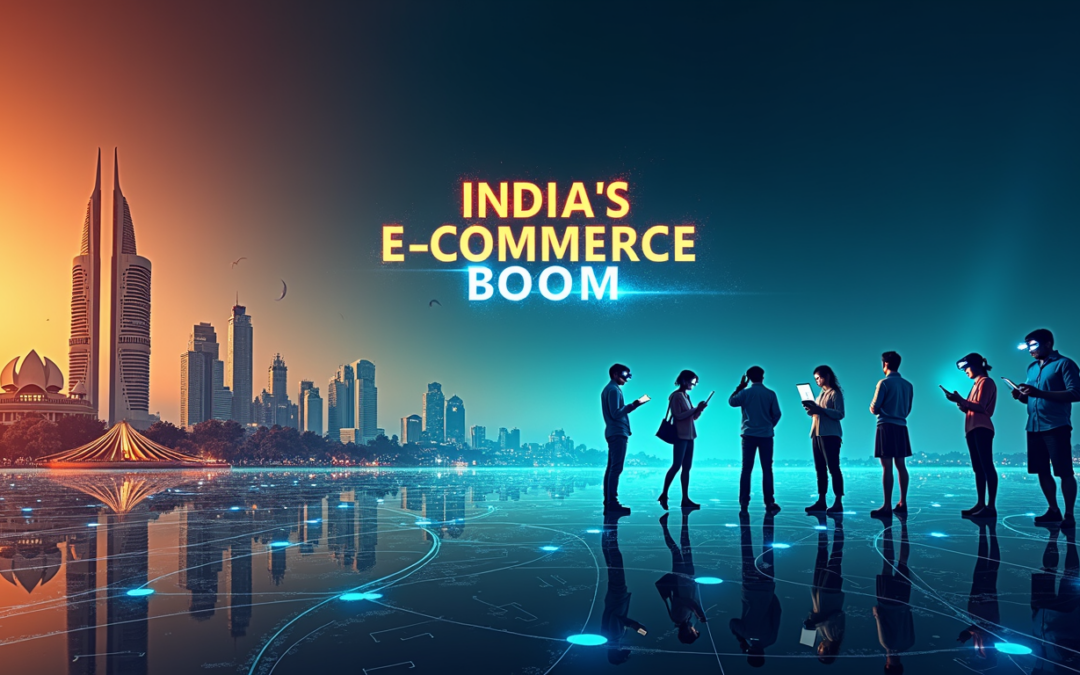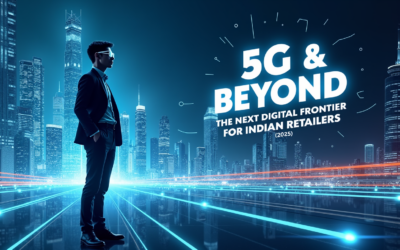How the Indian E-commerce Industry is Shaping the Future of Retail
Introduction
The Indian retail landscape has undergone a massive transformation in recent years, and one of the driving forces behind this change is e-commerce. From a mere convenience to a vital part of everyday life, online shopping has reshaped the way people buy and sell. As India’s e-commerce sector continues to grow at an unprecedented pace, it’s clear that the future of retail will be deeply influenced by the digital revolution.
But what exactly is shaping this transformation? In this blog, we’ll explore the major trends in India’s e-commerce industry and how they’re setting the stage for the future of retail. Whether you’re an entrepreneur, a retailer, or simply an avid online shopper, understanding these shifts can help you stay ahead of the curve.
1. Rapid Growth of Mobile Commerce
With over 750 million smartphone users in India, mobile commerce is leading the way in e-commerce growth. Mobile apps have become the go-to platforms for consumers to shop, whether it’s through marketplaces like Amazon and Flipkart, or specialized niche stores.
Why does this matter for the future of retail?
- Accessibility and Convenience: Mobile shopping enables users to browse and shop anytime, anywhere. It’s no longer about being tied to a desktop; consumers can shop during their daily commute, while watching TV, or even while waiting in line at a café.
- Localized Shopping Experience: With features like regional language support, mobile commerce allows retailers to cater to India’s diverse market by offering a localized shopping experience for consumers in various regions.
Pro Tip: If you own a business, having a mobile-optimized website or even a dedicated app is essential to tap into India’s growing mobile-first audience.
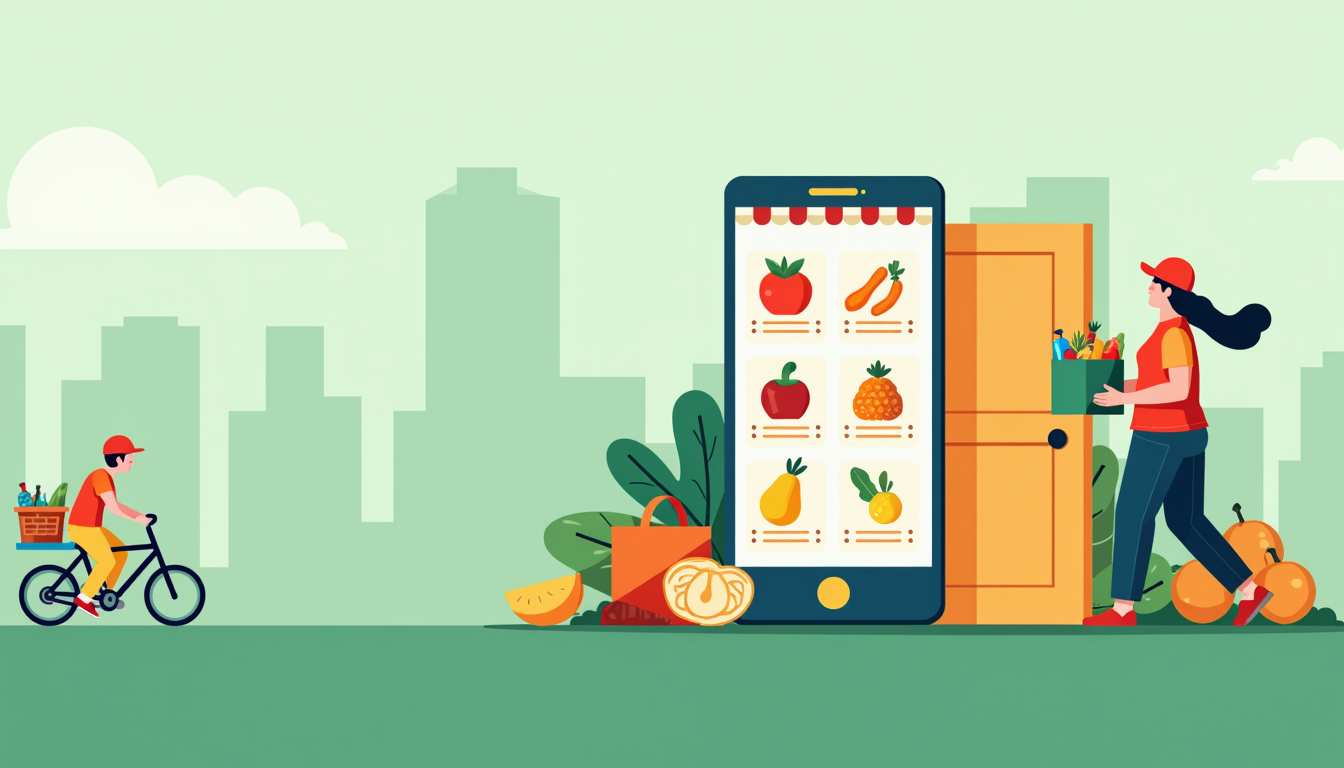
2. The Surge of Online Grocery Shopping
Online grocery shopping, once considered a niche segment, has grown into one of the most significant e-commerce categories in India. With platforms like BigBasket, Grofers, and Amazon Pantry, Indian consumers are now regularly purchasing essentials like fruits, vegetables, and household items online.
This trend is here to stay, and here’s why:
- Time-Saving and Convenience: Busy urban lifestyles have driven the demand for home delivery of groceries. People don’t want to spend hours in crowded markets or supermarkets anymore; they want their groceries delivered to their doorsteps with just a few clicks.
- Expanding Consumer Trust: With increased reliability in delivery times, fresh produce quality, and customer service, the fear of buying groceries online is slowly diminishing. Consumers are more willing to trust e-commerce platforms for their daily needs.
Pro Tip: If you’re looking to enter the grocery market, focus on offering freshness guarantees and reliable delivery. Convenience and trust are key drivers in this segment.
3. The Rise of Social Commerce and Influencer Marketing
Social commerce is taking e-commerce to the next level. Platforms like Instagram, Facebook, and WhatsApp are not just for social interaction anymore—they’ve become major selling channels. The influence of social media influencers is also proving to be a game-changer.
How is social commerce shaping retail?
- Personalized Shopping: Social media platforms enable brands to create highly personalized and targeted marketing campaigns. By leveraging customer data and interactions, businesses can deliver ads that speak directly to a consumer’s interests and preferences.
- Influencer-Driven Purchases: Influencers are playing an essential role in driving product discovery. With millions of followers on social media, influencers are helping brands reach new audiences and encourage purchases through product recommendations, reviews, and affiliate links.
Pro Tip: If you’re in retail, partnering with influencers who align with your brand values can be a powerful way to build credibility and drive sales.
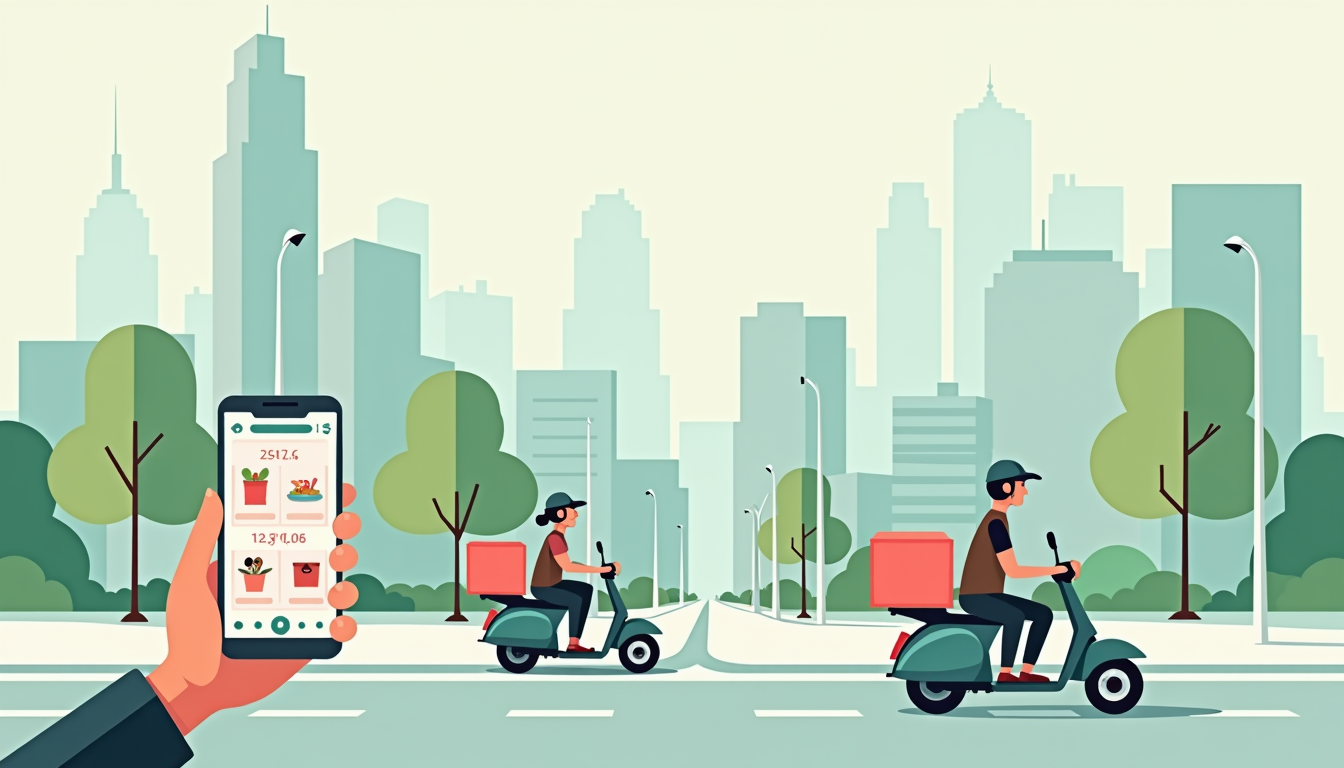
4. The Growth of Hyperlocal Delivery Models
Another game-changing shift in India’s e-commerce industry is the emergence of hyperlocal delivery models. This refers to the ability to deliver products within a small geographic area, often within a matter of hours.
Why is this trend growing so rapidly?
- Instant Gratification: Consumers are increasingly expecting quick delivery options. Whether it’s food, fashion, or gadgets, people want what they ordered almost immediately. The “instant delivery” model meets these demands perfectly.
- Emerging Platforms: Apps like Blinkit (formerly Grofers), Zomato’s Blinkit, and Dunzo are leading the charge by focusing on delivering everyday essentials in a matter of minutes rather than days.
Pro Tip: Retailers can capitalize on this trend by partnering with delivery apps to offer quick fulfillment. Consumers value speed and convenience, and if you can deliver on that, they’ll keep coming back.
5. The Expansion of Direct-to-Consumer (D2C) Brands
Direct-to-Consumer (D2C) brands have exploded in India, challenging traditional retail models. These brands bypass intermediaries and sell directly to consumers via online channels.
What makes D2C brands so popular?
- Control Over Customer Experience: D2C brands have complete control over their branding, marketing, and customer service. This results in a more personalized and engaging shopping experience for customers.
- Lower Costs and Higher Margins: By cutting out middlemen, D2C brands can offer products at lower prices while maintaining higher margins. This appeals to both price-sensitive consumers and those seeking premium, high-quality products.
Pro Tip: If you run a small or medium business, consider going D2C to build a stronger relationship with your customers. Platforms like Shopify and WooCommerce make it easy to set up your own online store.
6. Artificial Intelligence and Personalization
Artificial Intelligence (AI) is revolutionizing the way retailers interact with consumers. AI-powered systems are enabling e-commerce businesses to provide highly personalized shopping experiences.
Here’s how AI is changing the game:
- Personalized Recommendations: AI algorithms can track customer behavior and recommend products based on past purchases, browsing habits, and preferences. This creates a more relevant and tailored shopping experience.
- Chatbots and Virtual Assistants: AI-driven chatbots provide real-time customer support, answer queries, and even assist in the purchase process. This enhances the overall shopping experience by providing quick solutions to customer problems.
Pro Tip: Use AI-driven tools like product recommendation engines and chatbots on your website or app to boost customer satisfaction and conversion rates.
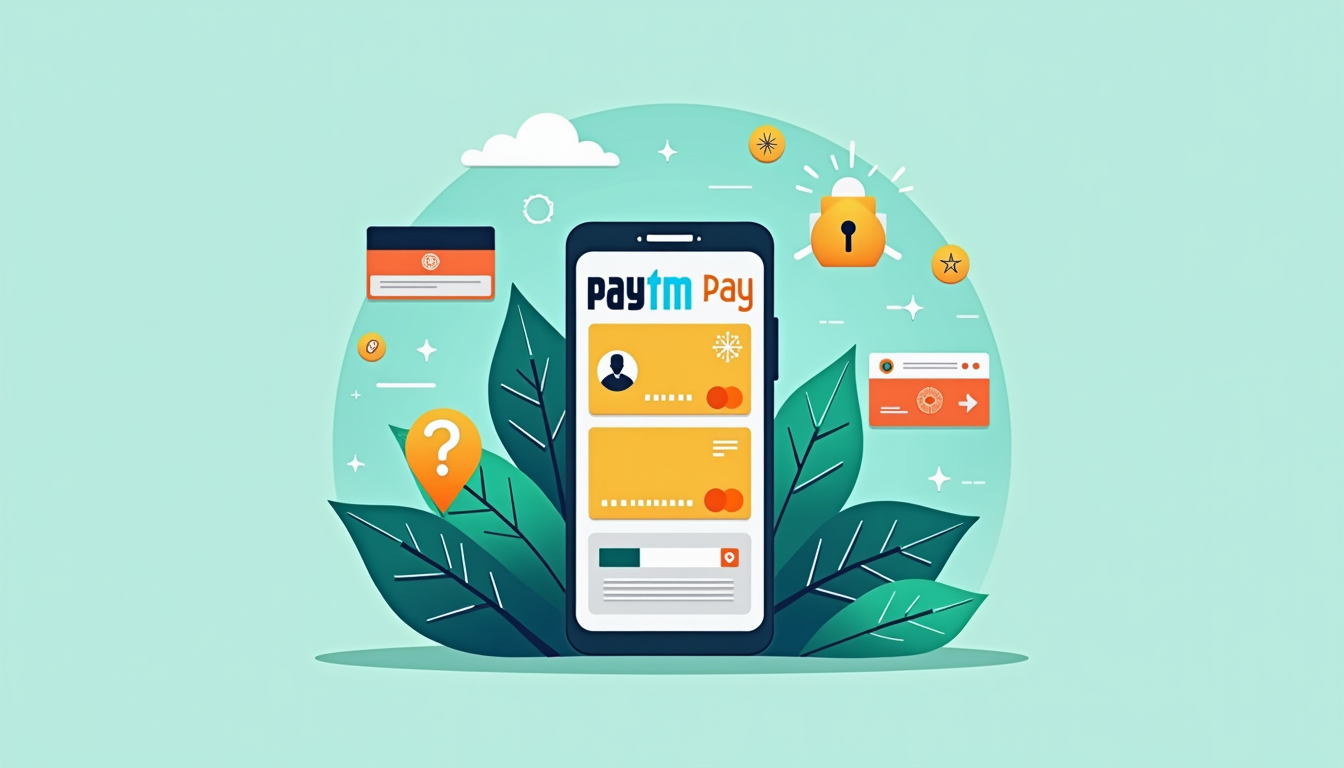
7. The Impact of Payment Solutions and UPI
The growing adoption of Unified Payments Interface (UPI) and mobile wallets in India has made online payments easier and more secure than ever. The rise of these seamless payment systems is a key driver behind the growth of e-commerce.
Why are payment solutions so crucial?
- Convenience and Security: With UPI and digital wallets like Paytm, Google Pay, and PhonePe, making payments online has become more convenient and secure. Consumers can pay for their purchases in seconds without the hassle of cash or card payments.
- Encouraging Digital Adoption: Payment apps have encouraged millions of Indians to embrace digital transactions, further boosting e-commerce growth.
Pro Tip: If you’re selling online, ensure you offer multiple payment options—including UPI, credit/debit cards, and wallets—to cater to diverse customer preferences.
Conclusion: The Future of Retail is Digital, and India Is Leading the Way
The Indian e-commerce industry is undergoing a transformation that will shape the future of retail, not just in India but globally. From the rise of mobile commerce and social shopping to the explosion of D2C brands and hyperlocal delivery, the future is digital, personalized, and fast.
If you’re a retailer or entrepreneur, these trends present an incredible opportunity to innovate and connect with the new-age consumer. By embracing e-commerce, adopting the latest technologies, and staying attuned to consumer needs, you can position yourself for success in the rapidly changing retail landscape.
The future of retail is here, and India is at the forefront of this digital revolution.












